Part of a series of articles titled African American History at Gettysburg.
Previous: Death and Dying
Article
There are certain dates that people circle on their calendar. Year to year, these dates may change for some, with the incidental importance one day may hold to the next. Vacations, doctor’s appointments, dates, family reunions, etc. are all important. They affect us all differently, at varied stages of our lives. One date, however, on the calendar of most Americans, is generally highlighted. The fourth day of July is significant for all of us.
The story of Independence Day is familiar to us. For those of us born here, we learn it at the earliest stages of our primary education, and those newly sworn in citizens of our country learn it as part of their journey in their quest to become an American. In the sweltering summer of 1776, from the city of Philadelphia, there convened the Second Continental Congress. From this august body was proclaimed, no, declared, on July 4, independence for the 13 colonies then at war with Great Britain.Since that day, which is celebrated as our national birthday, Americans come together in a way that no other day of the year can quite capture. Interestingly, the day has some stirring, and at times strange parallels. Seven such occurrences come to mind.
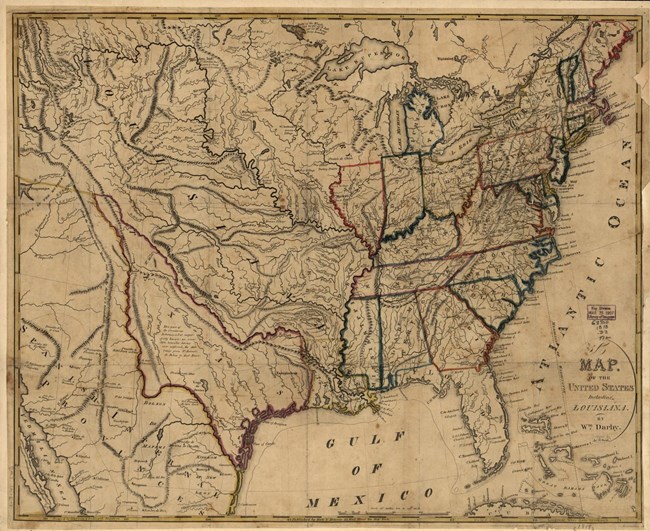
Library of Congress
First, chronologically speaking, falls on July 4, 1803. The United States announced that it was doubling its size! The news of the American government’s purchase of Louisiana from France arrived with all of the subtlety of a sledge hammer. An expedition was subsequently ordered by the direction of President Thomas Jefferson to examine fully what we just bought.
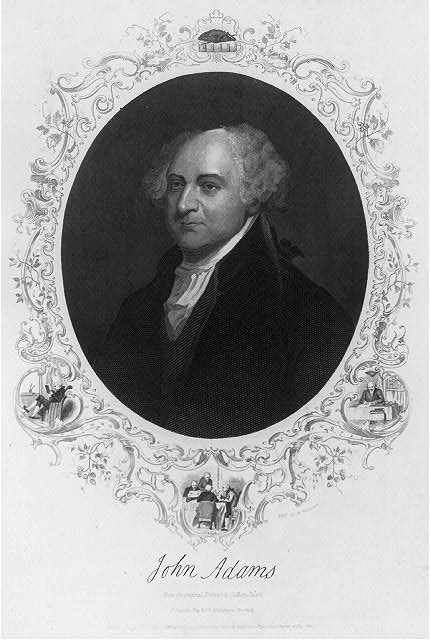
Library of Congress
This story cleanly leads to our second and third. Fittingly, our second and third presidents are the subjects of this vignette. Exactly 50 years after the Second Continental Congress announced our independence, two framers of the document which announced it to the world, died. Remarkably, on July 4, 1826 John Adams and Thomas Jefferson both perished. These gentleman served on the committee entrusted by Congress to create the Declaration of Independence. The primary author of the document, Thomas Jefferson died in Virginia hours before John Adams in Massachusetts.
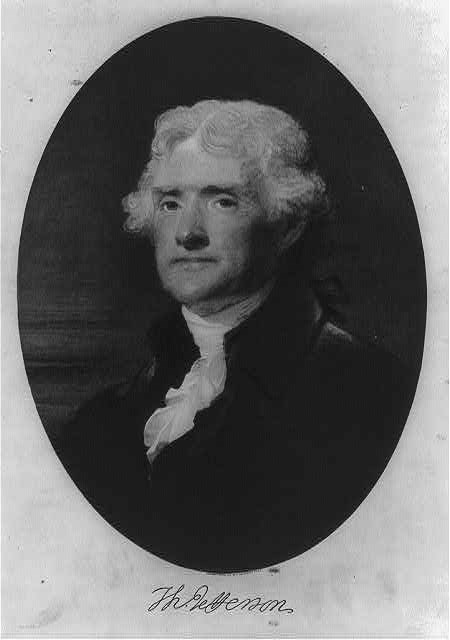
Library of Congress

Library of Congress
Our fourth Independence Day story, begins on the day the lives of Thomas Jefferson and John Adams ended. On July 4, 1826, Stephen Foster was born. Known as the “Father of American Music,” Foster penned such familiar tunes as “Camptown Races” and “Oh! Susannah.” Stephen Foster’s music could easily be recognized as the soundtrack to the formative years of the United States of America.
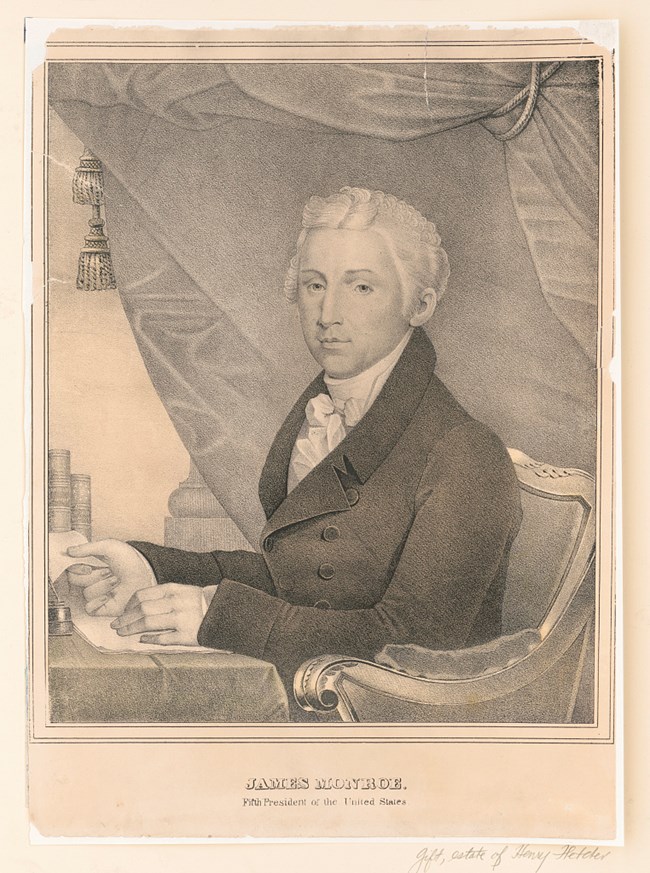
Library of Congress
The fifth occurrence ironically leads us to the passing of our fifth president, James Monroe. James Monroe died on July 4, 1831. After serving as Governor of Virginia, James Monroe was sent by President Thomas Jefferson to France to assist American diplomat Robert Livingston in the aforementioned purchase of Louisiana from France.
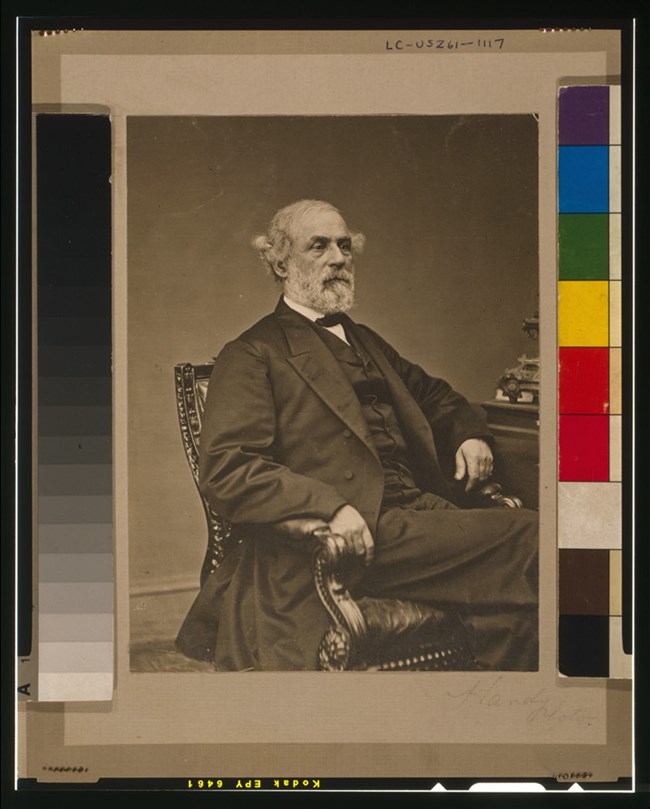
Library of Congress
The sixth story in our journey of Independence Days past, leads us to our nation’s defining moment, the American Civil War. The very definition of freedom as it were, was put to the test as the nation, states, communities, and families were torn apart in this great struggle. On July 4, 1863, at the battlefield of Gettysburg, General Robert E. Lee’s Army of Northern Virginia began its move back to Virginia. The titanic three-day battle around this sleepy Pennsylvania town is rightly viewed as a clear turning point in this war to determine the fate of our nation. When news of General Lee’s withdrawal was received in Washington, and throughout the North, Independence Day, 1863 was greeted with great fervor, but at a heavy cost in human life.
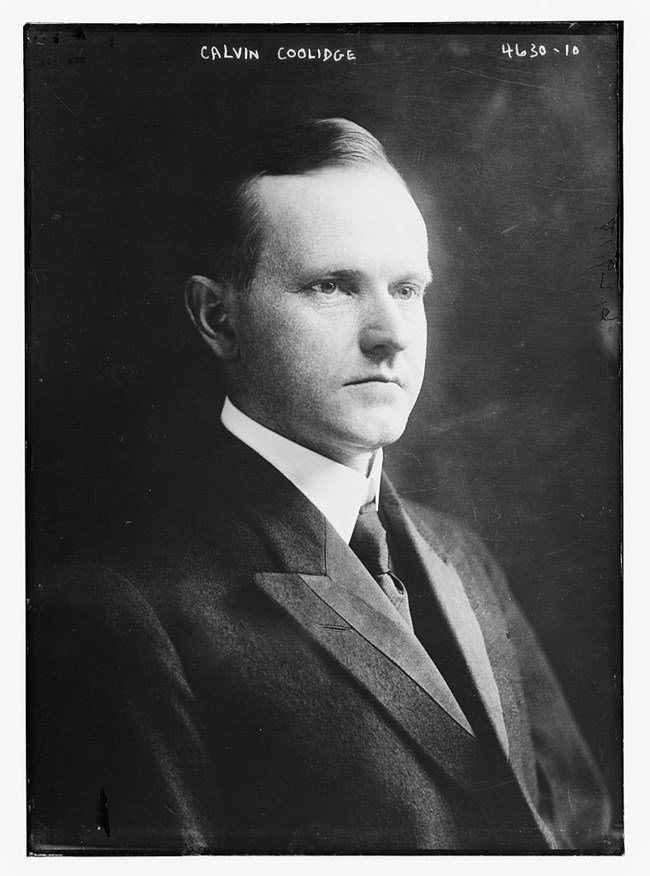
Library of Congress
Seventh, and finally, is the birth of Calvin Coolidge. Our 30th president was born on July 4, 1872 in Plymouth Notch, Vermont. President Calvin Coolidge’s story is that of service to country in a most honorable fashion. Yet, his story as our chief executive began with a sad, but important facet of our Constitution, a codicil to our nation’s framework which provides for the succession to the presidency, should the current occupant unexpectedly pass on. On August 2, 1923, President Warren Harding died in California. Early the next morning, Calvin Coolidge, who happened to be visiting back home in Vermont, was awakened with this news. Shortly before 3 am, Calvin Coolidge was sworn in as President of the United States by his father, a justice of the peace, in the parlor of their family home. President Coolidge then proceeded to solemnly conduct his first act as president. He returned to bed.
Now, is your turn. When visiting National Mall and Memorial Parks this Independence Day, or any day, see how many connections you can make. The layout of the memorials and the views they offer to other sites in the area are great clues to tying our national story together. See how many you can find!
Part of a series of articles titled African American History at Gettysburg.
Previous: Death and Dying
Last updated: July 1, 2018